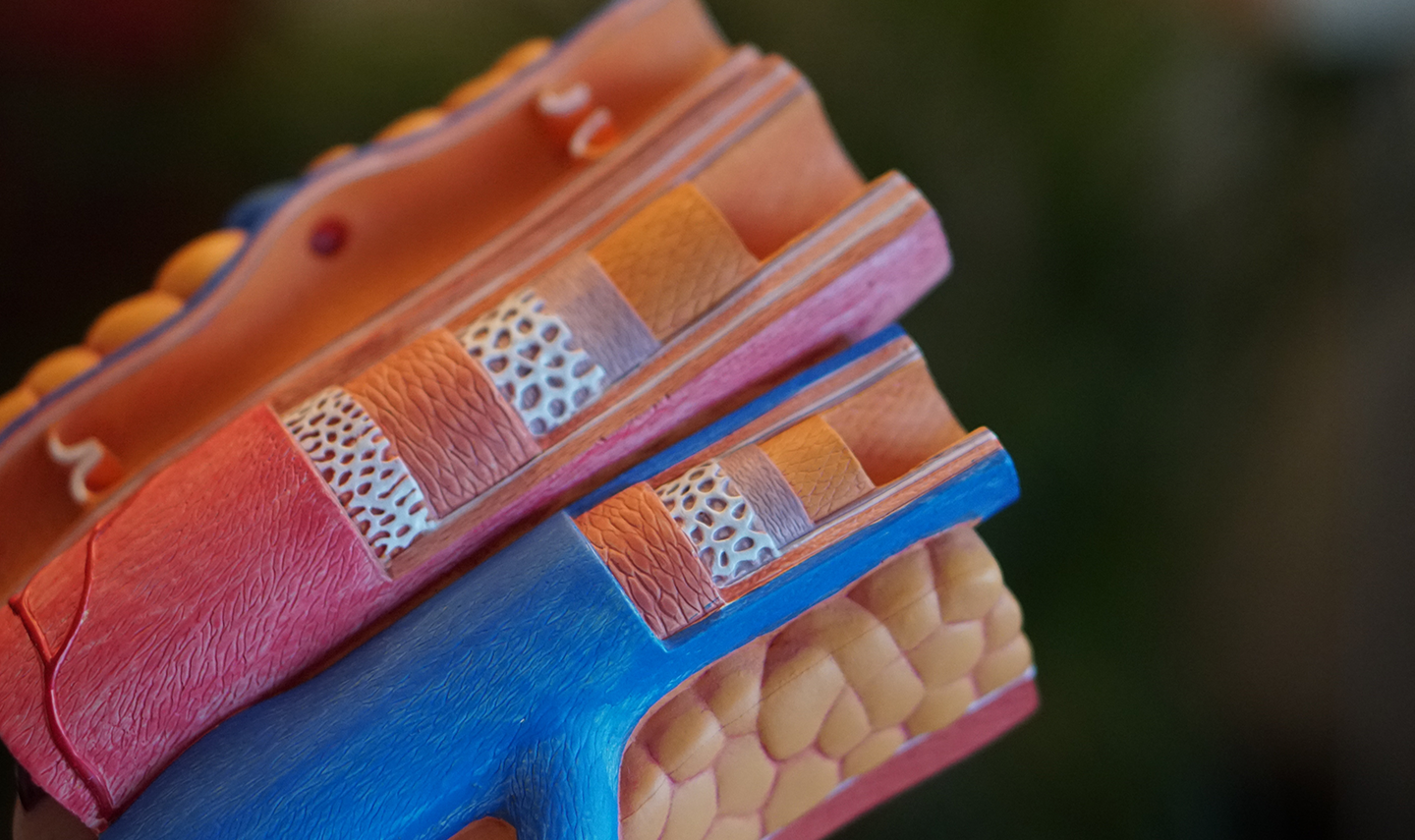There is an interesting yet unanswered question on Quora :

At first glance, this question seems plausible. It seems to present a shocking paradox of blood pressure readings. But once we get back to the essence of blood pressure, the answer becomes as clear as day.
1.“Why is a blood pressure reading over 200mmHg an emergency”
Can blood pressure over 200mmHg cause a stroke? Not really. Depends on the situations and what kind of people in that situation. Stroke is a disorder of cerebral blood circulation and damage to the function or structure of brain tissue caused by occlusion or rupture of cerebral blood vessels. And vascular blockage is related to hypertension, hyperlipidemia, diabetes, obesity and other factors . People with serious chronic diseases are likely to have a stroke when their blood pressure reaches 200mmHg when they are overworked or emotionally excited.
2.“Why a blood pressure up to 220mmHg not dangerous while exercising”
The main risk factor for stroke is high blood pressure. But is blood pressure over 220mmHg high blood pressure? As we know, diagnosis of high blood pressure requires multiple measurements while the body is relax. For details, please check our previous blog 《High Blood Pressure: How Do I Know?》 .
The systolic blood pressure increases along with the increase in exercise intensity. During moderate-intensity exercise, the systolic blood pressure can increase by 30mmHg to 50mmHg compared with the resting state, and the diastolic blood pressure changes slightly or remains basically stable. It is normal for blood pressure to rise during exercise, and it will slowly return to normal after exercise. Hypertension, on the other hand, is when blood pressure readings are high in a resting state, and it is difficult to lower. The increase in blood pressure during exercise is short-lived and reversible; while high blood pressure in hypertensive patients is a long-term sign and can cause many major chronic diseases.
Even though the blood pressure readings could be similar in some circumstances, the results will be different when the mechanism of elevated blood pressure is different. It is like drinking 2L of water in one breath is different from drinking it for a relatively long period(For example, 4 hours). Consuming too much water in a short time may cause water intoxication. This Quora question is a good reminder for us: Blood pressure is a vital sign. In addition to hypertension, many human activities can raise blood pressure. Understanding the mechanism behind it can better improve our health awareness.
3.In fact, exercise is beneficial for lowering blood pressure
Systolic blood pressure during exercise increases with exercise intensity, but after exercise ends, blood pressure decreases to pre-exercise levels. Long-term exercise habit can lower your overall blood pressure.
So how much does exercise lower blood pressure? Studies have shown that regular (≧3 days per week) moderate-intensity exercise for a while (30 to 45 minutes or more) can reduce systolic blood pressure by 5mmHg to 17 mmHg and diastolic blood pressure by 3 mmHg to 10 mmHg. 10 minutes or more of moderate-to-low-intensity exercise have an antihypertensive effect for 10 to 22 hours.

Exercise like aerobic exercise, strength exercises, flexibility exercises, and comprehensive functional exercises are great options to lower BP.
Aerobic exercise is the most basic form of fitness for patients with hypertension. Common forms of exercise include brisk walking, jogging, cycling,dance, radio gymnastics, and hiking. Moderate and low-intensity exercise is more effective and safer to lower blood pressure than high-intensity exercise.
It should be noted, however, that blood pressure increases during exercise. The blood pressure of hypertensive people is even higher, which may still cause danger. People with high blood pressure needs to follow the doctor's advice and start exercise gradually. If you feel unwell during exercise, seek medical attention immediately and adjust exercise intensity. Exercise intensity and amount of exercise are not the bigger the better. The one that suits your physical condition is the best.

When exercising, observe your body's response to the exercise in time. In the hospital, You can monitor your heart rate, blood pressure, electrocardiogram, etc. No obvious fatigue and normal or better mood also indicate an appropriate intensity. In addition, wearable health devices can also help for monitoring exercise, heart rate, and blood pressure changes before and after exercise.
YHE BP Doctor Pro is a true wearable blood pressure monitor. With BP Doctor, blood pressure can be monitored anytime and anywhere. In addition, its heart rate, blood oxygen, calorie, exercise monitoring, and other functions can provide more comprehensive monitoring of body functions. BP Doctor Pro is a smartwatch tailored for people with hypertension.



Leave a comment
This site is protected by hCaptcha and the hCaptcha Privacy Policy and Terms of Service apply.